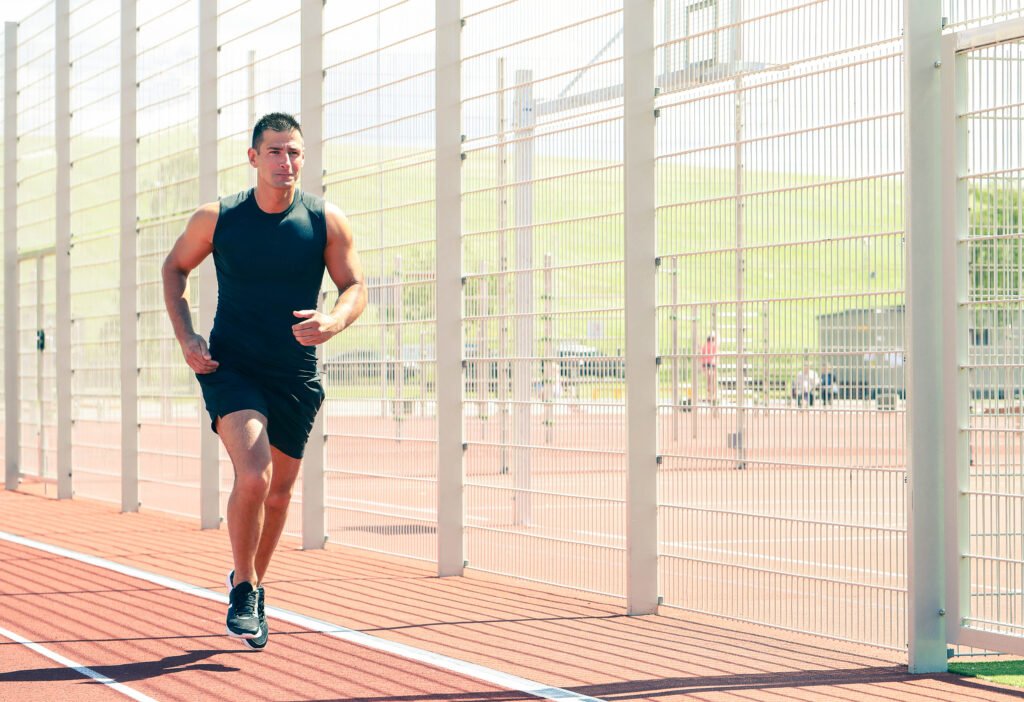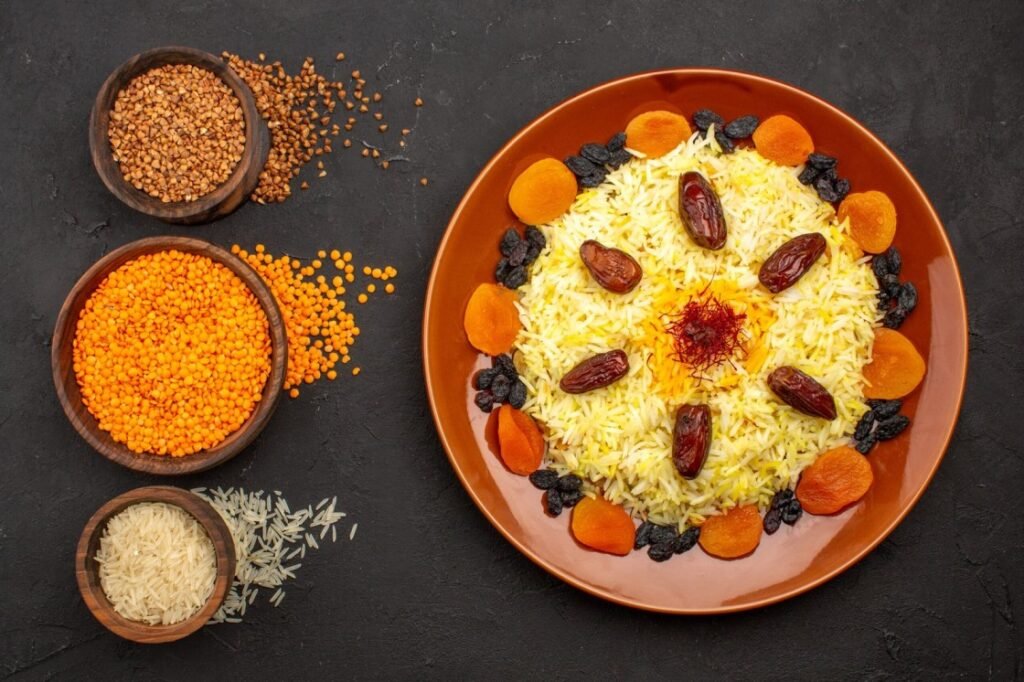
Millets are a group of small-seeded cereal grains that have been cultivated for thousands of years. They are a good source of complex carbohydrates, protein, fiber, and essential vitamins and minerals. Millets are also gluten-free, making them a good choice for people with celiac disease or gluten intolerance.
Due to their nutritional profile, millets are an excellent choice for athletes and fitness enthusiasts.
Here are some of the key benefits of millets for athletes:
- Sustained energy release: Millets have a low glycemic index (GI), which means that they are slowly digested and absorbed into the bloodstream. This helps to provide a steady stream of energy for athletes during their workouts and throughout the day.
- Muscle building and repair: Millets are a good source of protein, which is essential for muscle building and repair. Protein also helps to reduce muscle soreness after workouts.
- Improved digestion: Millets are high in fiber, which helps to keep the digestive system healthy. Fiber also helps to promote feelings of fullness, which can help athletes to maintain a healthy weight.
- Stronger immune system: Millets are a good source of essential vitamins and minerals, including zinc, iron, and magnesium. These nutrients are important for supporting a healthy immune system, which is essential for athletes who are training hard.
In addition to the benefits listed above, millets are also a sustainable and affordable food choice. Millets are drought-tolerant and can be grown in a variety of climates. They also require fewer inputs than other cereal grains, such as rice and wheat.
Here are some tips for incorporating millet into your diet as an athlete or fitness enthusiast:
- Start by experimenting with different types of millets. There are many different types of millets available, each with its own unique flavor and texture. Try a few different types to see which ones you like best.
- Cook millets like rice or quinoa. Millets can be cooked in a similar way to rice or quinoa. Simply rinse the millets in water, then cook in a pot of boiling water for 15-20 minutes, or until tender.
- Add millets to your favorite dishes. Millets can be added to a variety of dishes, such as salads, soups, stews, and stir-fries. They can also be used to make porridge, pilaf, and bread.
- Try millet-based snacks. There are a number of millet-based snacks available, such as millet bars, puffs, and crackers. These snacks are a convenient and healthy way to get your daily dose of millets.
Here are some specific millet-based recipes that are perfect for athletes and fitness enthusiasts:
- Millet porridge with berries and nuts: This is a quick and easy breakfast recipe that is packed with nutrients. Simply cook millet porridge according to package directions, then top with berries, nuts, and a drizzle of honey or maple syrup.
- Millet salad with quinoa, black beans, and avocado: This salad is a great source of protein, complex carbohydrates, and fiber. It is also a good source of healthy fats from the avocado.
- Millet stir-fry with tofu and vegetables: This stir-fry is a quick and easy weeknight meal that is packed with flavor and nutrients. Simply stir-fry millet, tofu, and vegetables in a wok or large skillet until cooked through.
- Millet bread: Millet bread is a gluten-free alternative to white bread. It is also a good source of protein and fiber. To make millet bread, simply combine millet flour, water, yeast, and salt in a bread maker and follow the manufacturer’s instructions.
If you are an athlete or fitness enthusiast, millet is a great grain to add to your diet. Millets are a good source of complex carbohydrates, protein, fiber, and essential vitamins and minerals. They are also gluten-free and sustainable. Experiment with different types of millets and recipes to find ways to incorporate this nutritious grain into your diet.
Here are some additional benefits of millets for athletes and fitness enthusiasts:
- Reduced risk of injury: Millets are a good source of magnesium, which is an important mineral for muscle function and nerve health. Magnesium can also help to reduce the risk of muscle cramps and spasms.
- Improved athletic performance: Millets are a good source of iron, which is essential for carrying oxygen to the muscles. This can help to improve athletic performance and endurance.
- Faster recovery: Millets are a good source of antioxidants, which can help to reduce inflammation and oxidative stress caused by intense workouts. This can help athletes to recover faster from their workouts.
Overall, millets are a great food choice for athletes and fitness enthusiasts. They are a nutritious and versatile grain that can help to improve energy levels, muscle mass, digestion, immune function, and athletic performance.


